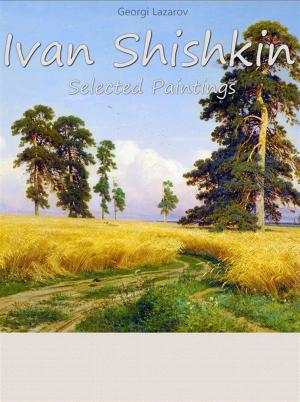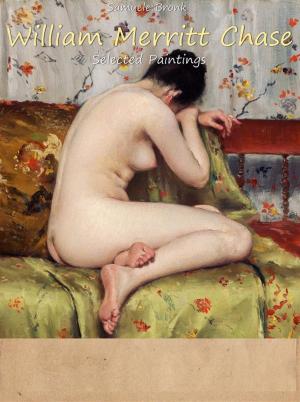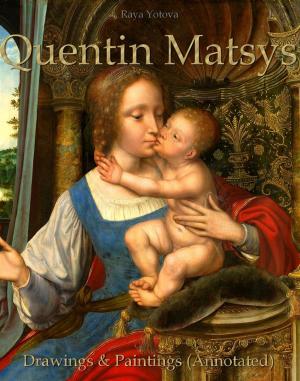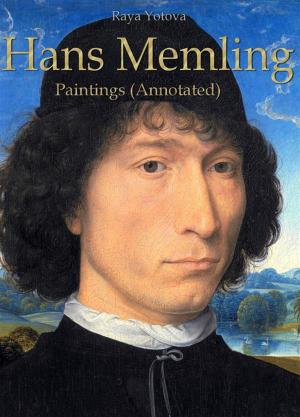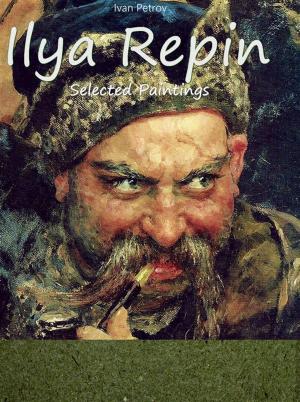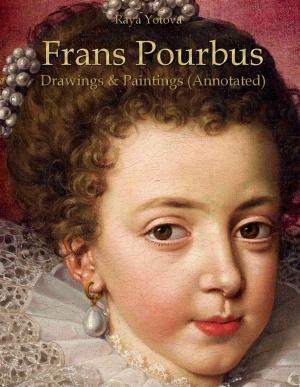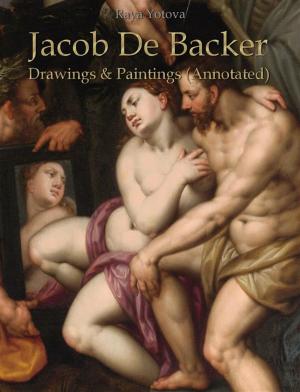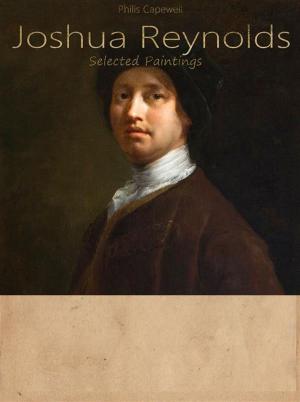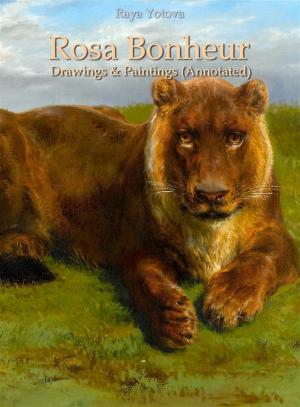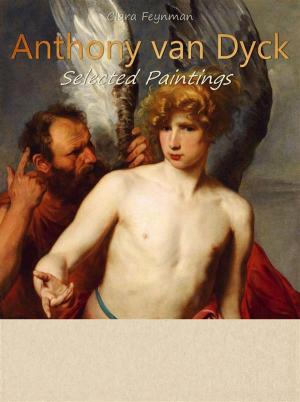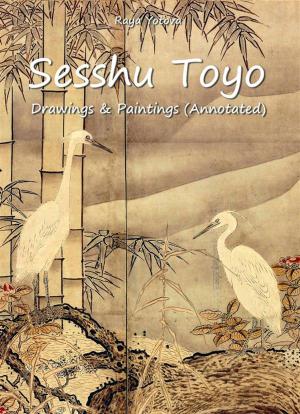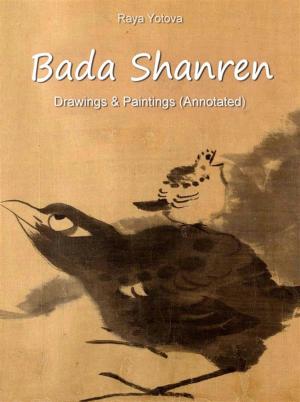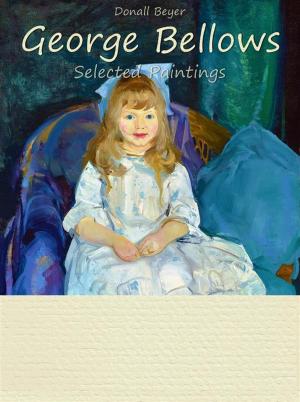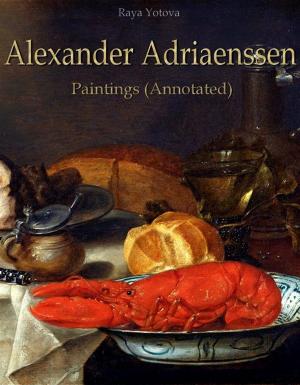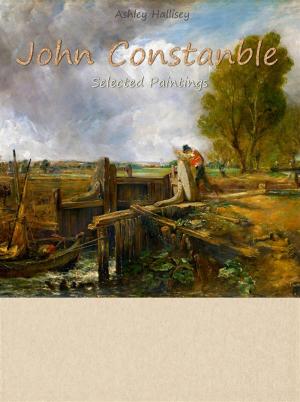| Author: | Raya Yotova | ISBN: | 9788832525250 |
| Publisher: | Publisher s13381 | Publication: | February 25, 2019 |
| Imprint: | Language: | English |
| Author: | Raya Yotova |
| ISBN: | 9788832525250 |
| Publisher: | Publisher s13381 |
| Publication: | February 25, 2019 |
| Imprint: | |
| Language: | English |
Jin Nong was born in 1687 in Hangzhou.
He became famous as a painter and calligrapher while living as a childless widow in Yangzhou only after he was fifty years old.
His paintings of "mei" blossoms were particularly sought after there. He belonged to The Eight Eccentrics of Yangzhou. Jin was enthralled by the style of an allegedly amateur scientist. As a prominent nonconformist, he usually painted traditional images such as orchids, bamboos, chrysanthemums and mei colors, loaded with his symbolism and preserving his independence by selling his works on the free market instead of taking his patron.
His later styles included Buddhist images and symbols.
Jin Nong, however, was the first Chinese artist to paint a large number of self-portraits and earn money from wealthy people in Hangzhou, who, in addition to buying his paintings, were also publishers for his numerous writings. He was probably aware of these contradictions because he claimed that the livelihood of art should not be considered dishonest.
Jin Nong also earned money as a writer and general entrepreneur. It is known that he traveled with many employees who helped in the production of stones and ink jars, to the decoration of which he added his artistic talent. It was through the sale of these goods that Jin Nong achieved its financial independence; his only unsuccessful attempt to compete for office as an office clerk was in 1736.
Jin Nong became widely known for his writings, but when his health began to deteriorate, painting became his primary source of income, and in fact, he admitted in his memoirs that at that time he used imitators-artists as a way to increase his production paintings. One such duplicator, Luo Ping, also edited some compilations of his works.
He continued to write all this time and was a literary critic, as well as a painting dealer.
There is some confusion about the year of Jin Nong's death, but most probably it was 1763 or 1764.
He also had the reputation of a calligrapher, creating a style he called "lacquer calligraphy."
Jin Nong was born in 1687 in Hangzhou.
He became famous as a painter and calligrapher while living as a childless widow in Yangzhou only after he was fifty years old.
His paintings of "mei" blossoms were particularly sought after there. He belonged to The Eight Eccentrics of Yangzhou. Jin was enthralled by the style of an allegedly amateur scientist. As a prominent nonconformist, he usually painted traditional images such as orchids, bamboos, chrysanthemums and mei colors, loaded with his symbolism and preserving his independence by selling his works on the free market instead of taking his patron.
His later styles included Buddhist images and symbols.
Jin Nong, however, was the first Chinese artist to paint a large number of self-portraits and earn money from wealthy people in Hangzhou, who, in addition to buying his paintings, were also publishers for his numerous writings. He was probably aware of these contradictions because he claimed that the livelihood of art should not be considered dishonest.
Jin Nong also earned money as a writer and general entrepreneur. It is known that he traveled with many employees who helped in the production of stones and ink jars, to the decoration of which he added his artistic talent. It was through the sale of these goods that Jin Nong achieved its financial independence; his only unsuccessful attempt to compete for office as an office clerk was in 1736.
Jin Nong became widely known for his writings, but when his health began to deteriorate, painting became his primary source of income, and in fact, he admitted in his memoirs that at that time he used imitators-artists as a way to increase his production paintings. One such duplicator, Luo Ping, also edited some compilations of his works.
He continued to write all this time and was a literary critic, as well as a painting dealer.
There is some confusion about the year of Jin Nong's death, but most probably it was 1763 or 1764.
He also had the reputation of a calligrapher, creating a style he called "lacquer calligraphy."

